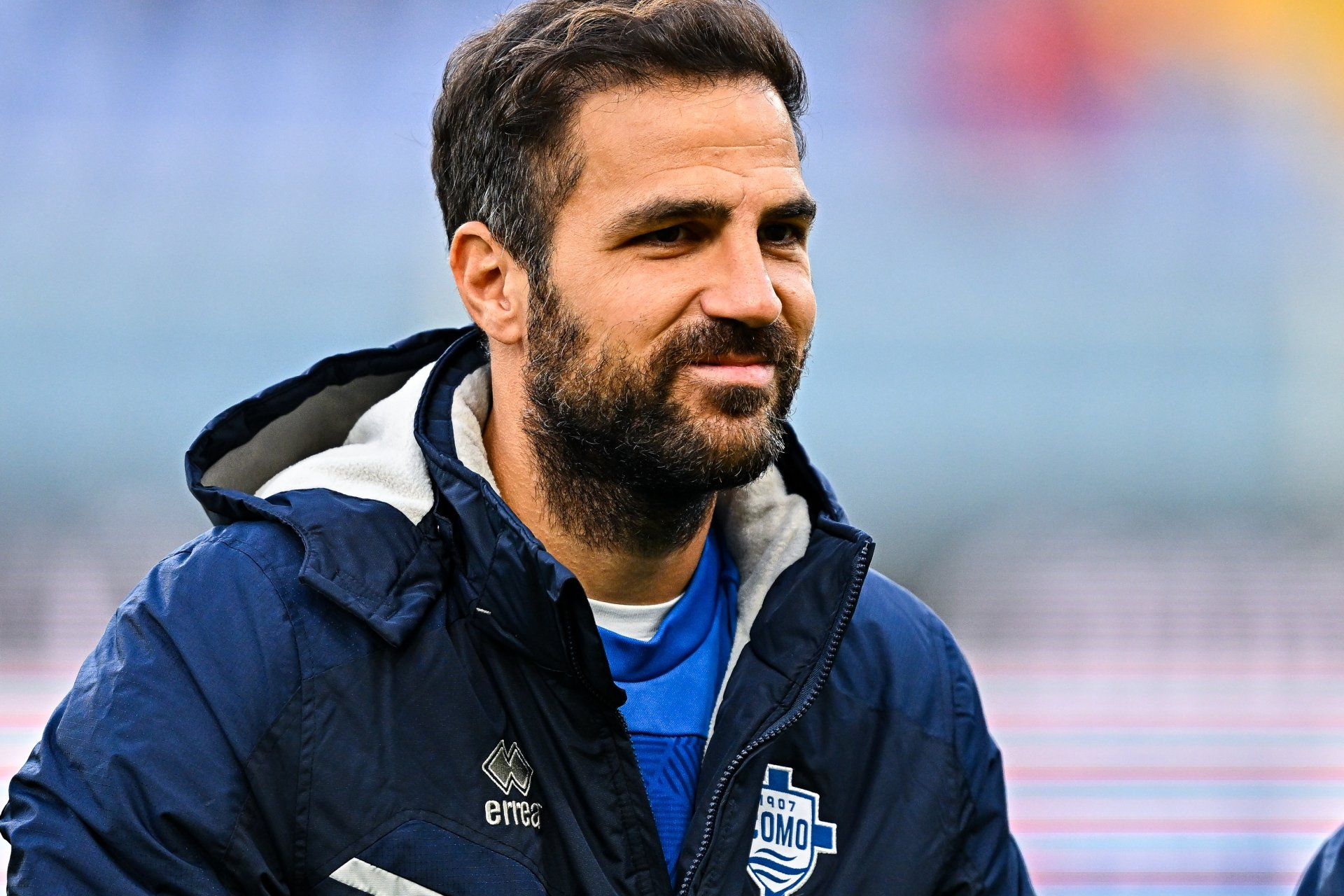The Art of the Mid-Match Overhaul
The scene was set: Como trailed Fiorentina 1-0. For many coaches, such a deficit might prompt minor adjustments. But Fabregas, ever the chess grandmaster, saw an opportunity for a decisive tactical shift. With surgical precision, he replaced three of his four offensive players—Vojvoda, Morata, and Kuhn—injecting fresh energy and radically different profiles in the form of Jesus Rodriguez, Douvikas, and Addai. Only Nico Paz remained, a constant amidst the calculated chaos.
The impact was immediate and profound. Jesus Rodriguez`s relentless sprints and deceptive feints became a torment for Fiorentina`s full-backs, Dodo and Fortini. Douvikas seamlessly adopted the role of a vital offensive reference point, linking play and occupying defenders. And then there was Addai, who, positioning himself on the right, not only carved out numerous dangerous situations in the closing minutes but ultimately delivered the decisive, game-winning goal. It was a testament not just to Fabregas`s observational skills, but to his courage in making such impactful, high-stakes changes.
Beyond the Substitutions: A Pre-Planned Strategy
What appears to be improvisation on matchday is, in fact, a deeply considered strategy. Fabregas revealed a fascinating insight: he had been forewarned of Vincenzo Italiano`s (Fiorentina coach) tactical shift to a 4-4-2 formation, designed to congest the midfield and restrict Como`s wing play. This knowledge allowed Fabregas to craft an initial lineup specifically to counter this setup, even if it meant starting players in less conventional roles or those with different primary strengths.
Initially, Vojvoda, perhaps the least naturally attacking of Como`s wide players, was deployed on the right, while Kuhn aimed to pin back Dodo on the left. Morata was tasked with receiving the ball with his back to goal, leveraging his associative qualities to link play. This conservative approach absorbed Fiorentina`s early press. Only once their «agonistic charge had decidedly waned» in the second half did Fabregas unleash his arsenal of pure attackers, turning the tables with a devastating efficacy that borders on the poetic.
The Depth of Talent: Como`s Hidden Strength
A true measure of a great team lies not just in its starting eleven, but in the depth and quality of its bench. In this regard, Como`s growth has been vertical. Fabregas boasts a roster rich with alternatives, each player possessing unique attributes perfectly aligned with his overarching philosophy. It`s a luxury that allows for these dramatic in-game overhauls.
- Players like Da Cunha, Caqueret, and Baturina, all potential starters, often find themselves waiting patiently.
- Even a sturdy defender like Posch, brought on late in the game, underscores the varied options available.
- The return of Assane Diao, whose «devastating impact» in the latter half of the previous season is keenly remembered, promises yet another layer of attacking threat.
This deep pool of talent means that Fabregas can tailor his team not just to the opponent, but to the ebb and flow of a single match, keeping rivals guessing and ensuring Como always has a fresh tactical card to play.
The Dribbling Doctrine: One-on-One Specialists
Perhaps the most distinctive element of Fabregas`s tactical blueprint for Como is his relentless focus on acquiring and deploying players skilled in one-on-one situations. It`s a deliberate market strategy that bucks the Serie A trend, where defensive solidity and tactical discipline often stifle individual flair.
«In Serie A, dribbling is rare; Como dribbles a lot.»
Fabregas explicitly requested «traditional wingers» like Addai and Jesus Rodriguez, known for their ability to take on defenders directly. He sought out players who can not only dribble to create crossing or shooting opportunities but also retain possession in tight spaces, navigating congested areas to find that elusive final pass. Kuhn, an external player capable of drifting centrally and conducting play, and Baturina, a midfielder adept in close quarters, further exemplify this philosophy.
This commitment to dribbling allows Como to push many men forward, inviting opponents to commit players in defense. The solution to the resulting «traffic» isn`t a cautious retreat, but a bold insistence on individual skill. It`s a high-risk, high-reward approach that makes Como a thrilling team to watch, injecting a dose of individual brilliance into a league often criticized for its tactical rigidity.

